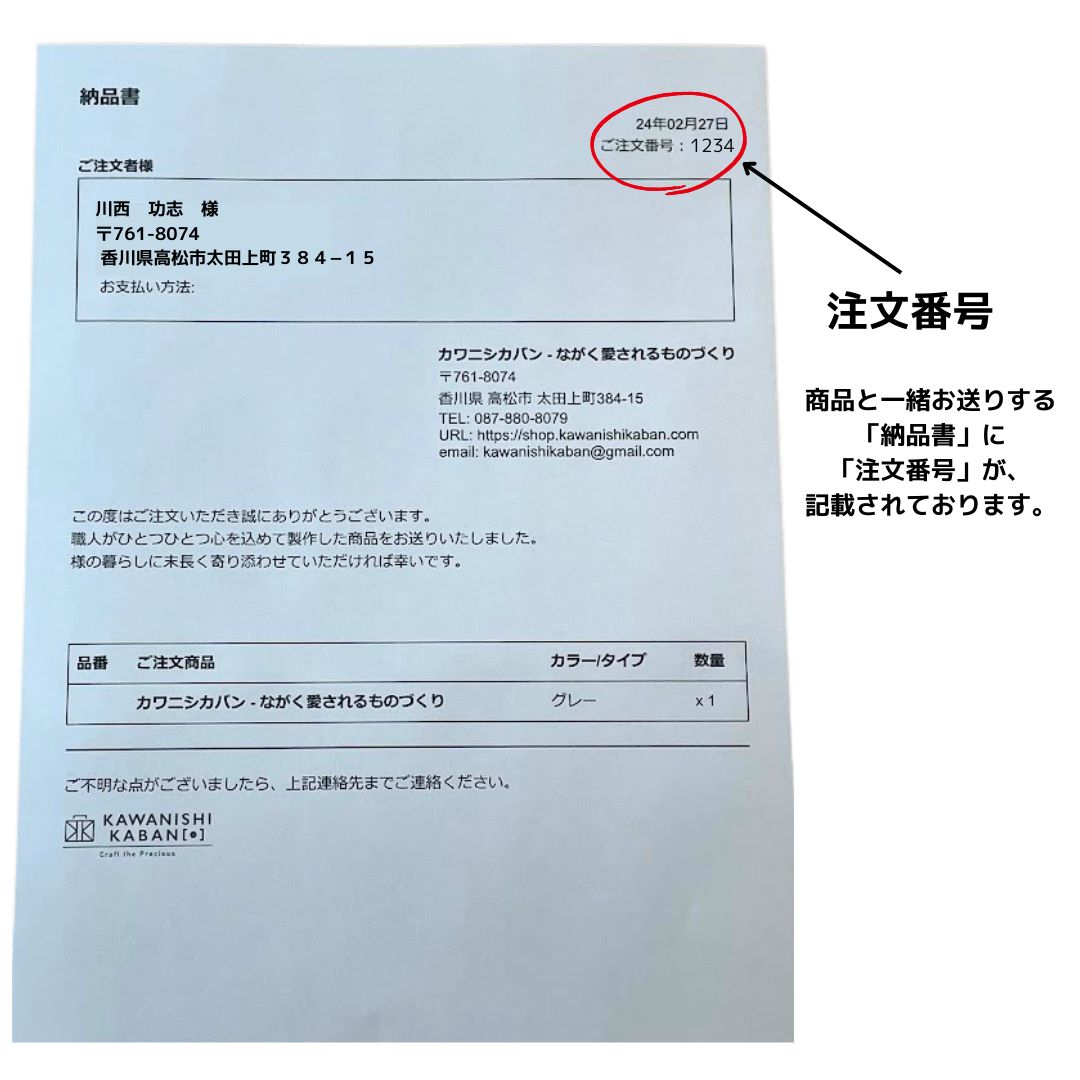What is the difference between nylon and polyester? The origins of these two major chemical fibers

Nylon and polyester are both materials that we introduced the other day ( What is CORDURA? A highly waterproof and durable fabric ), but what is the difference between these two materials?
I know it's a synthetic fiber, but... That's how it feels.
So today I would like to introduce the differences between nylon and polyester.
When were nylon and polyester created?
Polyester and nylon are the two most widely produced materials in the world.
First place goes to polyester, and second place goes to nylon.
Nylon

It was invented by Dr. Carozas.
Development began in 1927 when DuPont brought together talented young researchers in an effort to catch up with the American chemical industry, which was lagging behind at the time.
Among these young researchers was Dr. Carozas, who was 32 years old at the time.
Four years after development began in 1931, the synthetic rubber "neoprene" and "aliphatic polyester fiber" were developed.
"Aliphatic polyester fiber" was a fiber with strength similar to silk, but it was not put into commercial use because its melting point (the temperature at which the solid begins to become liquid) was too low.
The research team then aimed to create a synthetic fiber with a higher melting point like silk, and they developed nylon 6,6 fiber in 1935.
Industrialization didn't begin until 1938, so it took 11 years from the start of development.
Charles Stine, then vice president of DuPont, said the following:
"Nylon is made from common substances -- coal, water and air -- into filaments that are as strong as steel, as thin as spider silk and more elastic than any natural fiber."
It is said that the origin of the word nylon is No Run (not contagious) Nil (emptiness) Now you look (up) on Nippon (old Webster's dictionary), but what do you think?
polyester

Polyester was developed by British Dr. Winfield and Dr. Dixon, based on a research paper on "aliphatic polyester fibers" that Dr. Carothers had been researching since around 1939 before completing nylon, and was patented in the UK in 1942. They developed it for industrial use in collaboration with ICI. It was named "Terylene" and industrial production began in 1955.
The American company DuPont noticed the superior properties of this fiber, obtained a patent for it in 1946, and began industrial production of it in 1953 under the name "Dacron."
You started industrial production earlier than ICI, the company you were researching with the developers at.
In Japan, the technology was introduced from ICI and industrial production began in 1958 as "Tetoron."
So I think that "Tetoron," "Dacron," and "Terylene" are originally the same thing, but are made in different places.
Hmm. Maybe.
Dr. Carozas
I believe that the research of Dr. Carozas was the basis for both nylon and polyester.
However, he was unable to keep up with his applied research and committed suicide in a Philadelphia hotel in 1937.
He never got to see the industrialization of nylon, nor the polyester that was developed based on his research, and perhaps he could never forgive himself for not achieving either of these things.
The physical differences between nylon and polyester
The strength is roughly the same for general products, and when looking only at the materials, polyester has better heat resistance, but there are also nylons with improved heat resistance, so it's hard to generalize.
Nylon has a smaller elasticity modulus, so it feels soft against the skin.
Both materials are resistant to mildew and moisture, and nylon takes color easier.
Polyester does not stretch or shrink when washed, but it is prone to static electricity and pilling.
Differences in physical properties between nylon and polyester Comparison items Nylon polyester Melting point 225℃ 225-276°C Heatproof temperature Around 80 to 140 degrees Celsius Around 120 to 160 degrees Celsius specific gravity 1.13 to 1.14 1.31 to 1.38 Water absorbency Low (1.3) Low (0.15 to 0.60) chemical resistance Resistant to chemicals, but has low acid resistance Resistant to chemicals, but has low alkali resistance Strength It is difficult to break even if it is repeatedly deformed. It is slightly stronger than polyester. It has excellent impact resistance and tensile strength. Young's modulus
E
(MPa)1000 to 2600 2100~4200 Rigidity G
(MPa)460 680 Tensile strength (MPa) 65 44 Ease of dyeing Easy to dye, can be colored vividly Difficult to dye Combustion quality Flame retardant. Gradually extinguishes. Smokeless. If burned, smells like burnt hair. It burns easily and produces black smoke. It gives off a pungent odor when burned. Hardness (Vickers hardness, HV) 7.1 (Nylon 6) 17
Thank you for reading to the end m(__)m
I've looked into it so far, but it's very difficult to say, but in the end, the difference between polyester and nylon is
I wasn't quite sure.
I'm sorry.
However, I have used both polyester and nylon thread when sewing, and I remember that nylon thread is slippery and more difficult to use.
Also, polyester is inexpensive and an excellent material, so it is the most produced in the world.
So, I have the impression that there is more polyester in the world.
As someone who actually makes things, I've come to the conclusion that it's more important to consider what functions the finished fabric has, rather than whether it's nylon or polyester.
Well then. This is Kawanishikaban ( @kawanishikaban ).
SHARE:






